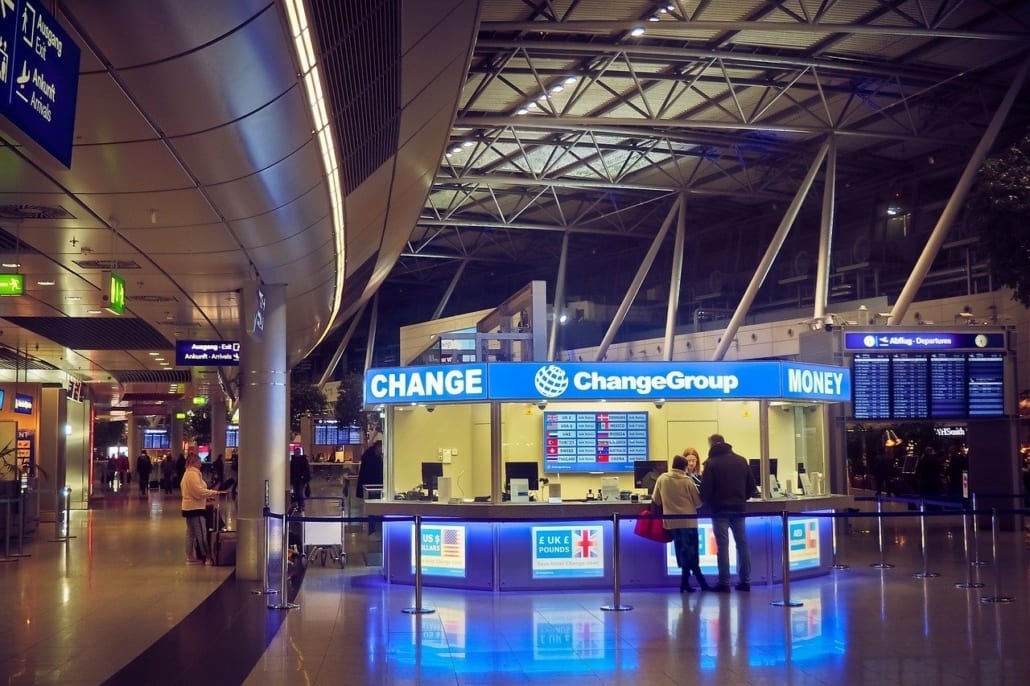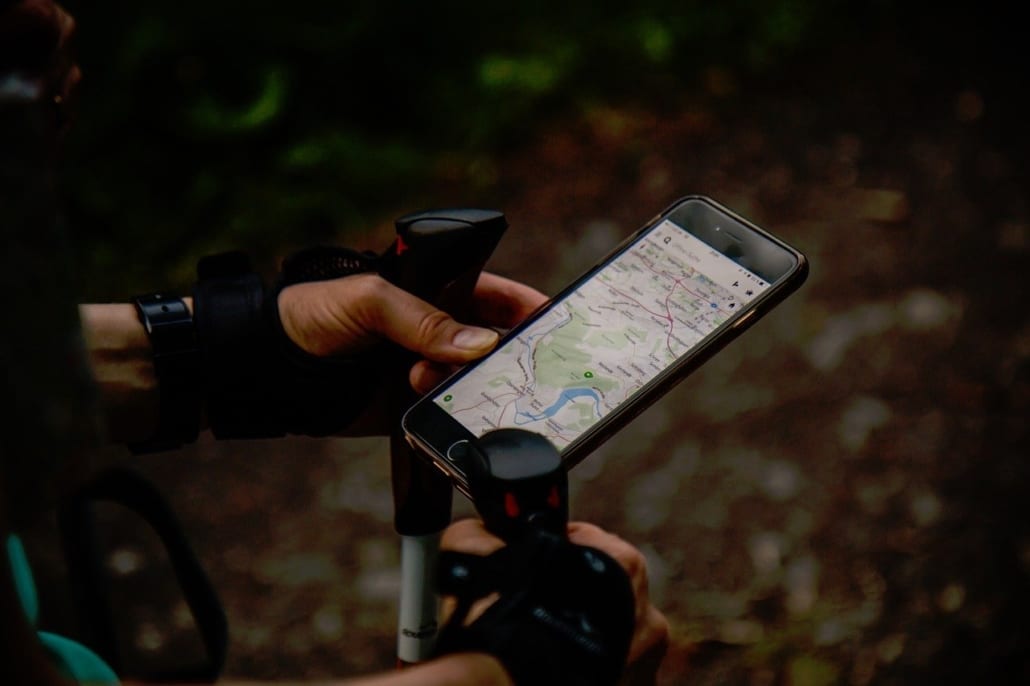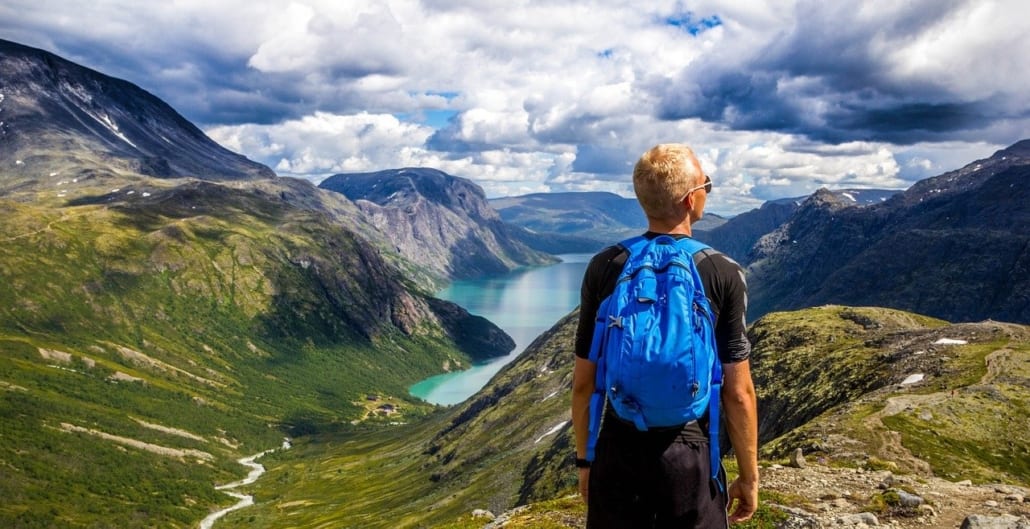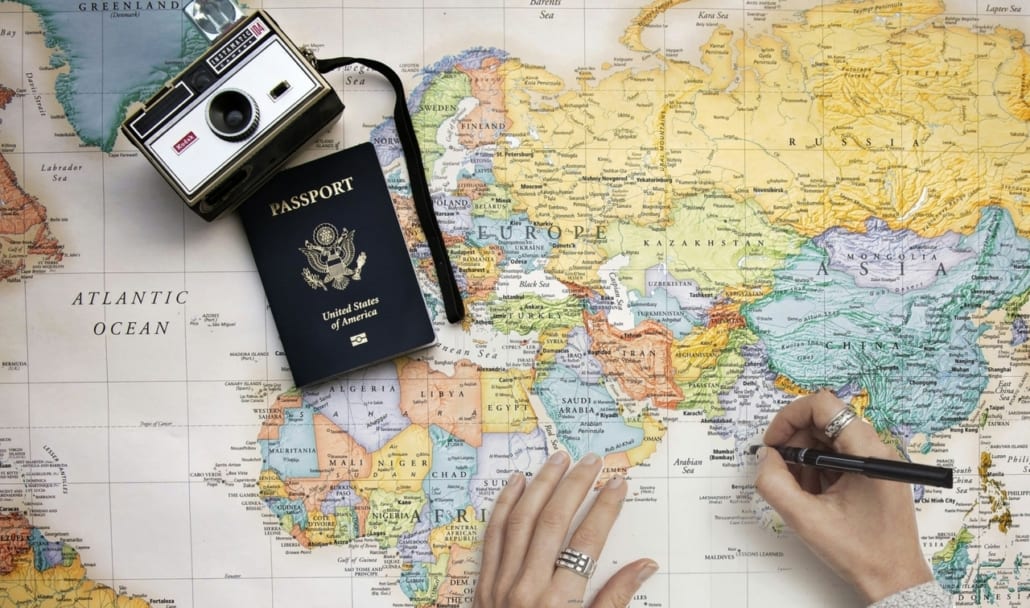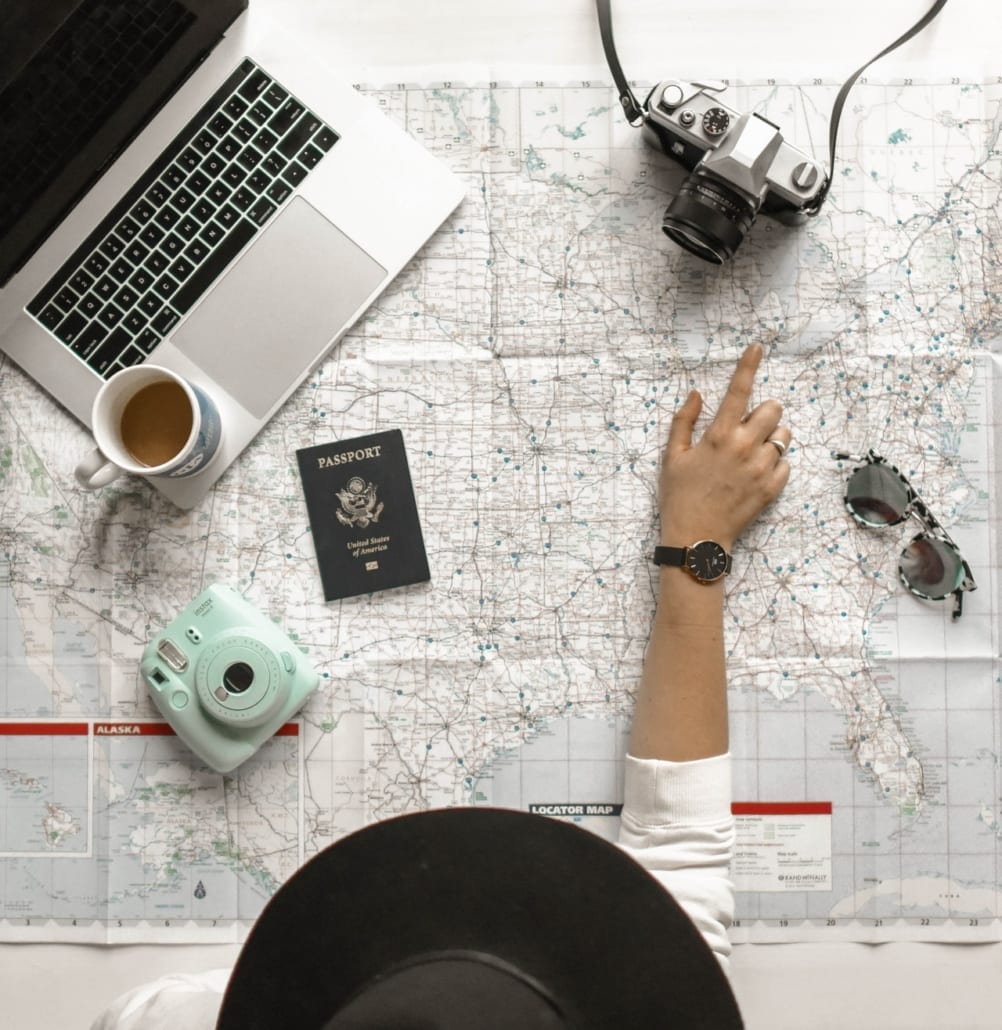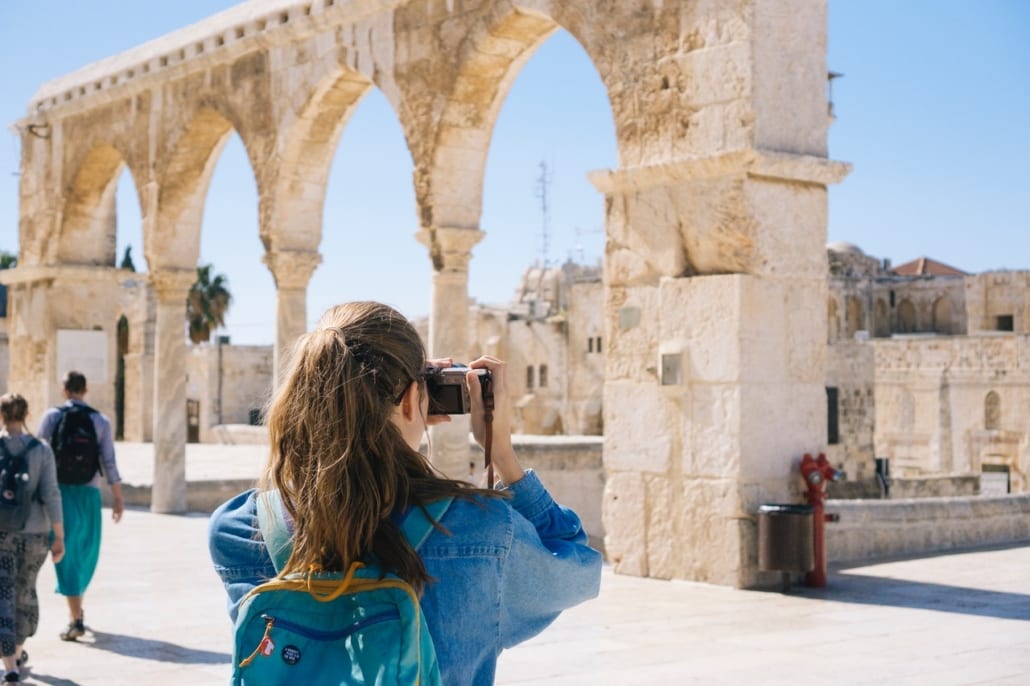It’s time to dust off your backpack and think about where to go next. If you’re on a budget, you may be wondering about the cheapest backpacking destinations in the world. The thing is, especially if you’ve been aching to get back out there, ‘budget travel’ can be a bit of an oxymoron. People go traveling to see something new, and once you’re on the road, the last thing you want to do is restrict yourself.
The way to travel on a budget without feeling too limited is to go backpacking destinations where food, accommodation, and transport are cheap. This will allow you to stretch your budget and splurge on the occasional special activity to get the most out of your trip. The good news is, after you figure out a cheap way to get to your destination, it is possible to travel around some of the most beautiful destinations on earth for less than $20 a day. Believe it or not, it can sometimes be cheaper to be on the road than to stay at home considering your normal rent and daily expenses!
So without further ado, here is our updated list of the cheapest backpacking destinations for 2023.
Bulgaria – The best Eastern European country for budget travel
Even though Bulgaria is the cheapest backpacking country to visit in Eastern Europe, it has an abundance of gorgeous landscapes that rival its neighbors. During our 5 days in Bulgaria were able to see Alpine mountains, forested countryside, sandy beaches on the Black Sea, plus beautiful cities like Sofia and Veliko Tărnovo.

The Rila Monastery near Sofia, Bulgaria
Because we were traveling in the off-season, we were able to splurge on the occasional high-end luxury accommodation for less than $100 a night. Of course, you can always find cheaper hostels in Bulgaria. Food and drink are also super affordable, with the average price of a beer being about a dollar.
Learn more: Backpacking in Bulgaria
India
India is one of those countries where budget travel is almost entirely dependent on your willingness to haggle. If you strike the right tone, India can be one of the cheapest backpacking destinations in the world.
When booking guesthouses, you’ll most certainly get a better price by booking directly with the guest house versus booking online through an agency. Transportation-wise, it is super cheap to get around in India. In the big cities, we recommend using Uber— it’s actually much cheaper than the prices you’ll be quoted for a tuk-tuk ride. For intercity travel, trains cost between $8 – $30, and you can even find flights within that price range!
Learn more: Backpacking in India
Portugal – The cheapest backpacking destination in Western Europe
Portugal is a great option in Western Europe for travelers on a budget. You’ll be able to experience the vibrant European culture as well as world-famous food and wine at a fraction of the cost of what you’d pay in France or Spain.
Learn more: Backpacking in Portugal
Cambodia
Cambodia has so much to offer, and you can travel there for about $20 a day. Private rooms in a nice guesthouse will cost you about $10, and tuk-tuk rides are a savvy way to get around. Our guest house helped us arrange a private tuk-tuk driver to help us visit the many temples of Angkor Wat for just $12! You can even get a 30-day SIM card with 1.5 GB of data for $2.

Ta Prohm Temple in the Angkor Wat Temple Complex
Learn more: Backpacking in Cambodia
Georgia
With medieval fortresses, majestic mountains, and friendly locals, the country of Georgia should be much higher on the list of top backpacking destinations. And with delicious meals starting at $3, and $1 local buses, it’s one of the best countries for budget travel. You don’t have to withhold on the cultural activities here, since most entrance tickets cost around $2.
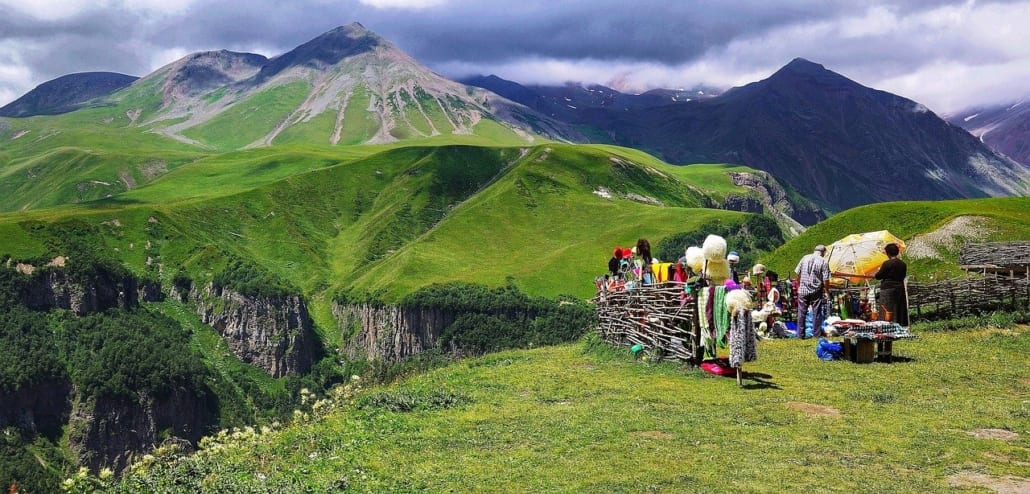
The Caucasus Mountains in Georgia
Learn more: Backpacking in Georgia
Czechia
In the Czechia, the old trope ‘beer is cheaper than water’ is actually true. While Czechia boasts much of the same beauty as its neighbors like Germany and Austria, it’s possible to travel here at a fraction of the cost.
Learn more: Backpacking in Czechia
Bolivia – the cheapest backpacking country in South America
Bolivia is one of the cheapest backpacking destinations in the world and is very popular with adventurers. Here, it is possible to get a 3-course meal for less than $2. Accommodation in a hostel dorm room costs between $8-$12 a night, and local and long-distance buses are a cheap way to get around. Even the most famous backpacker destination in Bolivia, the Uyuni Salt Flats, won’t break the bank, costing around $200 for 3 days, which is relatively cheap for this bucket-list destination!
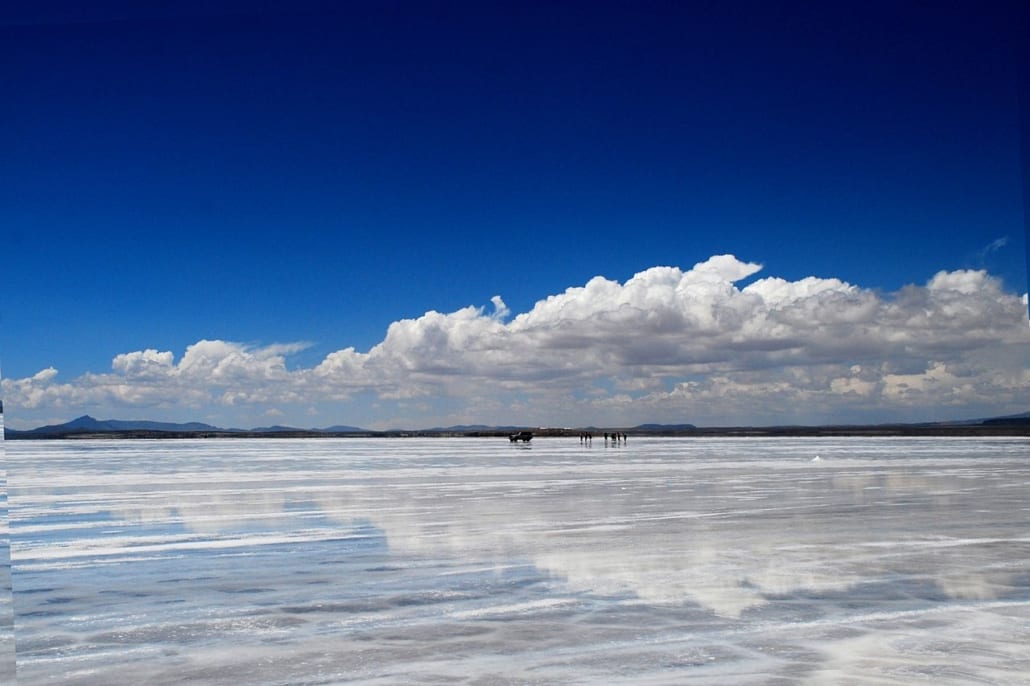
Salar de Uyuni Salt Flats in Bolivia
Learn more: Backpacking in Bolivia
Nepal
Trekking in Nepal doesn’t have to cost as much as you might imagine. Other than the Everest Base Camp Trek (an exorbitant expense), there are plenty of beautiful Himalayan treks where it is possible to go by yourself. The Short Annapurna Circuit, for example, is well-marked with guesthouses along the path for about $5 a night, so you won’t have to carry tons of gear. (If you want to go all the way to Annapurna Base Camp, you’ll need to go with a guide). Food and drink in Nepal are also very affordable, with meals costing between $2-$3.
Learn more: Backpacking in Nepal
Sri Lanka
Sri Lanka is certainly one of those countries where you can travel on a budget or live in the lap of luxury for relatively affordable prices. Their infamous train system (a bucket-list item in itself) is the cheapest way to get around the country. Or, you could hire a private taxi to travel between cities with a few other people from your hostel. Keep a special travel budget set aside for entrance fees to nature reserves and UNESCO Heritage sites!
Learn more: Backpacking in Sri Lanka
Colombia
Colombia is one of our favorite backpacking destinations because of the friendly locals, diverse landscapes, and of course, affordability. You could easily backpack in Colombia for a month with just $1000 in your bank account. By taking long-distance buses, staying in hostel dorm rooms, and cooking your own food in the hostel kitchens, you can visit destinations like Medellín, Cartagena, and Salento on a budget.
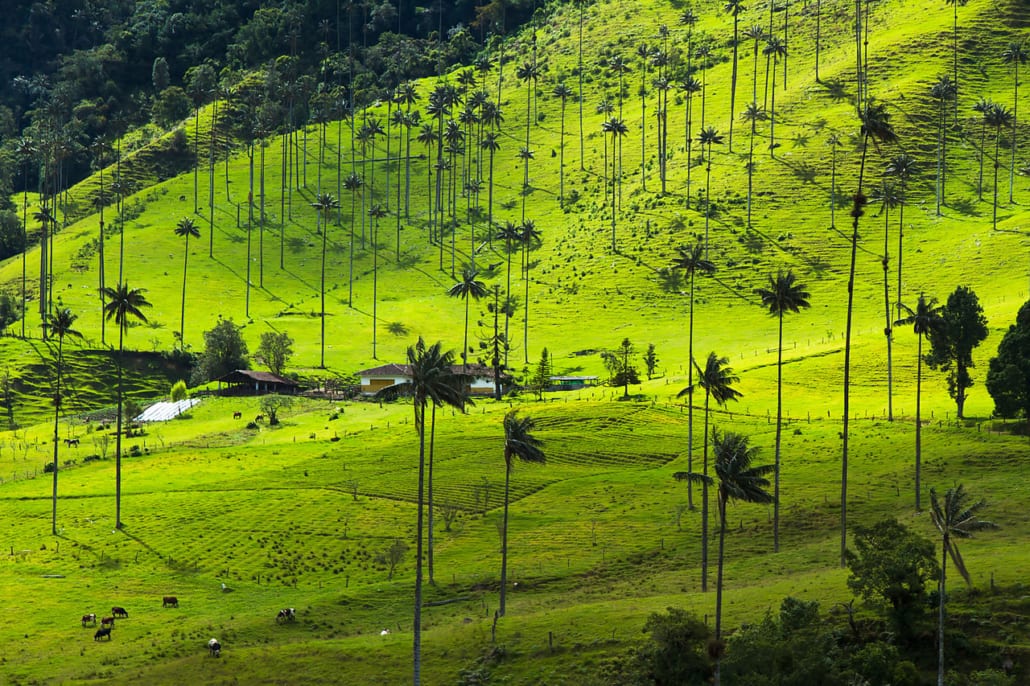
The Cocora Valley near Salento, Colombia
Learn more: Backpacking in Colombia
Honorable Mention
Denmark
This country certainly doesn’t scream ‘budget travel’ but it’s the cheapest destination in Scandinavia. If visiting this part of the world has been a dream of yours, we can definitely recommend Denmark in comparison with its more expensive Scandinavian neighbors Norway, Sweden, or Finland.
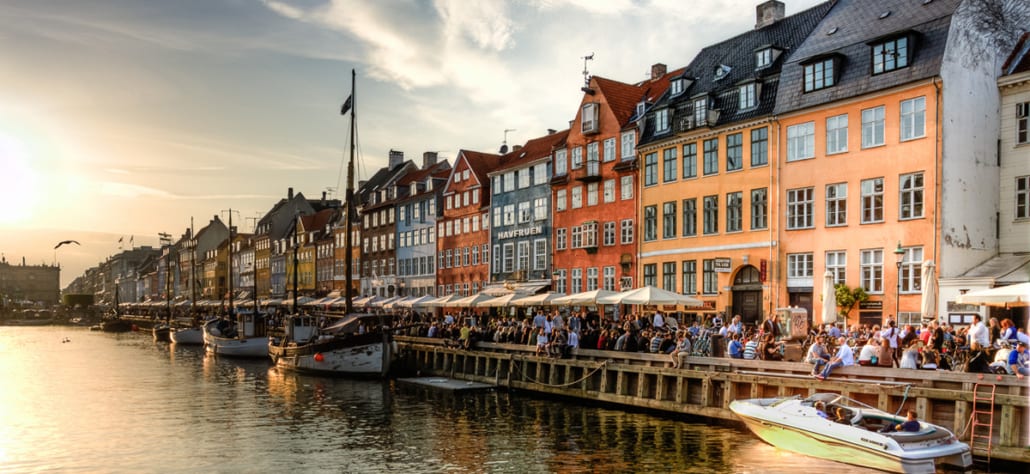
Nyhavn Canal in Copenhagen, Denmark
Learn more: Backpacking in Denmark


